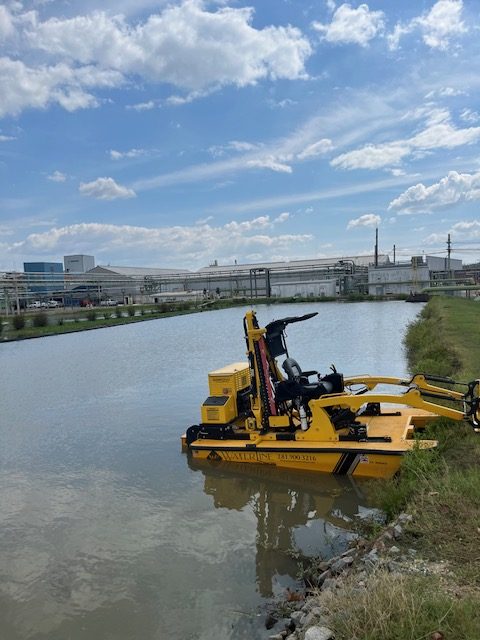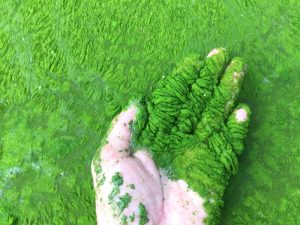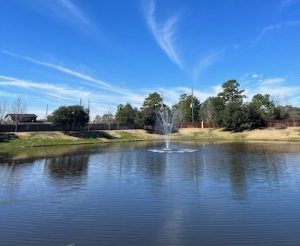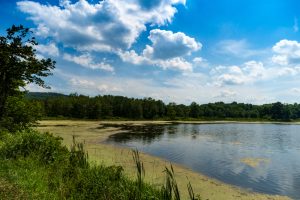Pond water quality standards help keep our water environments healthy. These rules, made by government groups such as the Environmental Protection Agency (EPA), tell us how clean water should be. They say how much pollution, oxygen, and pH levels are safe in water. Knowing these rules is crucial because it keeps us healthy, supports aquatic life and plants, and ensures we manage our water well for the future.
What Are the Water Standards Requirements for Ponds?
Pond and lake water quality standards usually cover oxygen, pH, temperature, and pollution levels. These regulations are there to keep the pond habitable for fish and aquatic plants and for activities like swimming. Following these rules helps keep the pond healthy and lets it do its job properly.
The Importance of Water Quality Standards
Water quality standards help keep people healthy, protect aquatic animals and plants, and ensure we’re using water wisely. They’re important because they state how clean water should be for drinking, swimming, and keeping creatures alive.
Following these standards stop sickness by protecting our drinking water. It also helps animals and plants in the pond or lake stay healthy and thrive. Plus, it helps government groups keep an eye on things, which stops pollution from hurting the water.
Right now, a lot of water in the U.S. isn’t as clean as it should be, so we must fix that. By making clear rules and doing things to reach those standards, we can make sure our water stays clean for the future.
How Water Quality Standards Are Used
Water quality standards are used in lots of ways to keep water clean and safe. Here are some ways in which they protect us and aquatic life:
- Government officials use these rules to tell companies and cities how much pollution they can put in the water. This helps stop pollution and keeps our water clean.
- We use these standards to see if the pond or lake’s water is clean enough. If it’s not, we figure out what’s wrong and try to fix it.
- We set limits on how much pollution water can handle. These limits help us figure out how to clean up dirty water and make it safe again.
- The quality standards set help us plan cities and farms so they don’t harm the water. They also help us decide how to treat dirty water and stop pollution from worsening.
- Lastly, these measures make sure our drinking water is safe, and that it’s okay to swim and fish in lakes and rivers. They effectively stop germs and chemicals from making us sick.
The Role of Chemical Cleaning
Chemical cleaning is an important tool for keeping ponds and lakes healthy. It helps deal with problems like algae overgrowth and weeds that can affect the water. By using the right EPA-approved herbicides, we can control these pesky plants and make sure they don’t take over. This stops the water from getting too dirty and keeps the aquatic life safe. Plus, it’s needed to ensure there’s enough oxygen in the water for fish to breathe.
This lake and pond cleaning method also helps manage nutrients in the water. Too many nutrients can cause big algae blooms, which can be bad for fish and make the water look unappealing. By cleaning out extra nutrients, we keep the water clean and clear. This makes the water look nicer and shows us that it’s healthy for both animals and people.
Ensure Your Pond or Lake Meets Quality Standards
Following pond water quality standards really is necessary to ensure it’s safe for creatures and people. That’s why it’s smart to stay on top of things with a regular maintenance plan. If you work with Waterline for chemical cleaning, we can help you tackle problems like too much algae and unbalanced nutrients. With our chemical cleaning services, you can take a big step toward making your lake or pond healthier.
If you want to keep your waterbody in top shape, reach out to us today to schedule a cleaning. It’s a simple way to maintain clean and safe water for everyone to enjoy.



